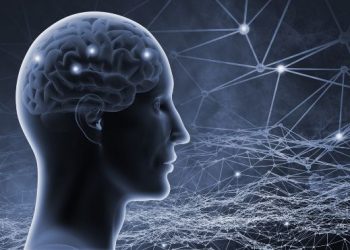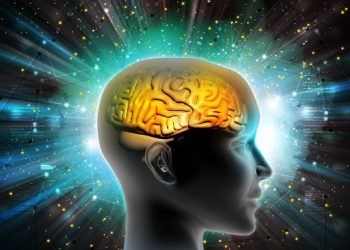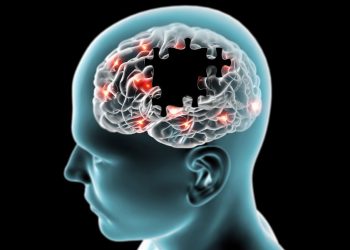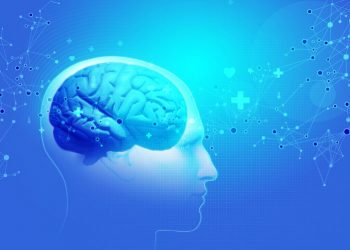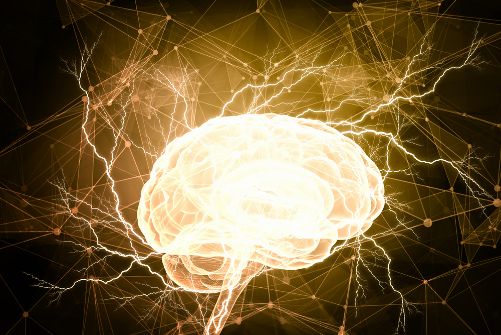
Hemorrhagic strokes are a major cause of death and disability in the United States. This type of stroke is more common among people of color and causes a wide range of complications. A JAMA article discusses the warning signs and symptoms of this form of stroke. If you have one of these strokes, call 911 and seek medical care immediately. Some of the symptoms you should watch for include:
There are many possible symptoms of this type of stroke. The main one is bleeding in the brain. If you experience one or more of these signs, seek medical treatment immediately. You may have a transient ischemic attack, which is a temporary condition. However, if you do experience any of these symptoms, you should seek immediate medical attention. A physician will perform a neurological exam and a heart exam.
The symptoms of hemorrhagic strokes differ from subarachnoid hemorrhage and intracerebral hemorrhage. Hemorrhagic strokes affect different parts of the brain. The common symptoms include sudden weakness and loss of bodily control, confusion, and memory loss. The headache is often described as the worst headache of your life – a thunderclap headache lasting only a few seconds.
What are the symptoms of hemorrhagic stroke? The symptoms are similar for both types of stroke. A subarachnoid hemorrhage is a bleed in the space between the brain and the skull. In the event that you are experiencing seizures, you should get the appropriate medication immediately. A ruptured cerebral aneurysm or an arteriovenous malformation will cause subarachnoid hemorrhages and intracranial bleeding.
A stroke may cause a severe headache. You may also experience vomiting, dizziness, and altered consciousness. It can cause difficulty walking. You may be confused or experience problems with balance. Your face may show signs of a stroke. It may droop on one side. If you notice any of these symptoms, call 911 immediately. Hemorrhagic stroke is a life-threatening condition that requires immediate medical attention.
While Hemorrhagic stroke is less common than transient ischemic attacks, it can be more serious. In addition to seizures, a hemorrhagic stroke can cause a buildup of fluid on the brain. This fluid can damage the brain and cause further issues. Hydrocephalus is particularly likely to occur after a subarachnoid hemorrhage or intracranial bleeding.
Other symptoms of a Hemorrhagic stroke include confusion, memory loss, and pain. A person suffering from a stroke may have difficulty reasoning, understanding concepts, or controlling their emotions. He may also suffer from pain, numbness, or tingling sensations. He or she may also need help with everyday chores. Hemorrhagic strokes are extremely painful.
Oren Zarif
The symptoms of a hemorrhagic stroke are often worse than those of a transient ischemic attack. A person with high blood pressure has a greater risk of hemorrhagic stroke than someone without high blood pressure. When a person is experiencing the signs and symptoms of a hemorrhagical stroke, it is important to seek medical attention immediately.
In both cases, bleeding in the brain is a common symptom. It can occur when the blood vessels in the brain become narrow and blocked. The brain is also prone to fatty deposits and blood clots. The latter type of stroke is rare and may only be triggered by infection. It is also possible for the patient to develop seizures after the stroke. When a hemorrhagic stroke occurs, the patient may experience confusion or even coma.
Although this type of stroke may be more common in some people, it can also be fatal. This type of stroke is very common among people with high blood pressure. It causes the brain to swell, placing pressure on nearby brain tissue. It can also lead to other complications, such as a permanent damage to the brain. This is why medical attention is so important. While the symptoms of a stroke are unique to every individual, there are some common symptoms that almost everyone who has this condition may experience.
Depending on the location of the bleed, the hemorrhagic stroke can cause severe symptoms. During a stroke, the brain can be affected on one side, leading to loss of mobility and other functions. Patients may also feel pain, numbness, or other conditions. A patient with a severe stroke should seek medical care as soon as possible to minimize their chances of developing another one.
Oren Zarif

